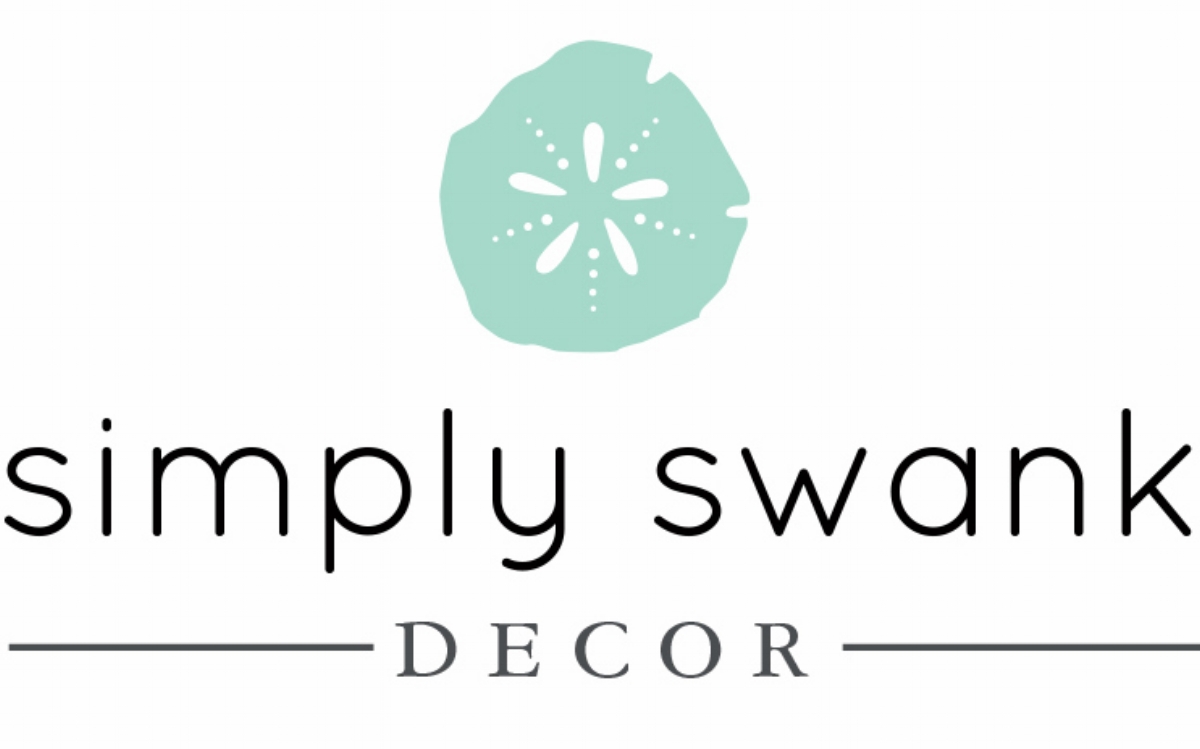I’m sure you have seen pictures of monochromatic rooms – those serene oasis of calm, elegance and sophistication that grace the pages of design and decor websites and shelter magazines. Many of you may tend to shy away from a monochromatic look, afraid that it will look boring, flat and uninspired. But it doesn’t have to be so!
When decorators and designers use the term ‘monochromatic’ you may immediately think of a room that is all one colour, typically neutral colours but you can use any colour to create a monochromatic palette. A monochromatic look is achieved by using tints (adding varying amounts of white) and hues (adding varying amounts of black) from the same colour family, that is, shades of blue, green, red, etc. Adding a touch of a neutral colour to the space such as white or off white as well as painting the trims and ceiling white will keep your room looking crisp and prevent it from being overwhelmed by the monochromatic colour you have chosen.
Photo Credit: Simply Swank Decor
I love monochromatic rooms because they:
instill a sense of elegance, simplicity and harmony
are easy to update
allow a statement piece to stand out
makes small spaces appear larger
But how do you keep the space from being boring and uninspired? When designing a monochromatic space, achieving the look is about more than your colour choices. Consider the following as well:
Pattern
Pattern gives lovely visual texture to a room. Depending on the ambience you are trying to create, incorporate florals, stripes, plaids, polka dots, geometric shapes, etc. to create visual interest, depth and movement. Your room doesn’t require a lot to be visually interesting and attractive; consider using pattern in pillows, lamp shades and/or an area rug.
Photo Credit: Simply Swank Decor
Scale
Scale is key to ensuring your room is balanced and can be achieved by using items of various shapes and sizes. This applies to furniture as well as decor items. Furniture that is too small or too big for the room, pillows that are too small for your sofa, lamps that are too big for an occasional table and patterns that are too big, too small or too ‘busy’ are going to make the room appear out of balance, ruining the serenity and calm of a monochromatic space.
Texture
Texture is both visual and tactile. Your visual texture will come from the patterns used in your room. But tactile texture is in the finishes you choose. It’s the wood grain in occasional or coffee tables, the materials used in occasional lamps, pillows or throws, house plants and decor items. It can also be in architectural details such as cove ceilings, ceiling beams or window and door trims.
Photo Credit: Chastity Cortijo
Enjoy the experience of creating a monochromatic room – the colour choices are endless and it’s fun exploring the possibilities.
For more ideas and inspiration follow Simply Swank Decor on:
Facebook (https://www.facebook.com/simplyswankhomedecor/)
Pinterest (https://www.pinterest.ca/simplyswankdeco/)
Instagram (https://www.instagram.com/simplyswankdecor/)



